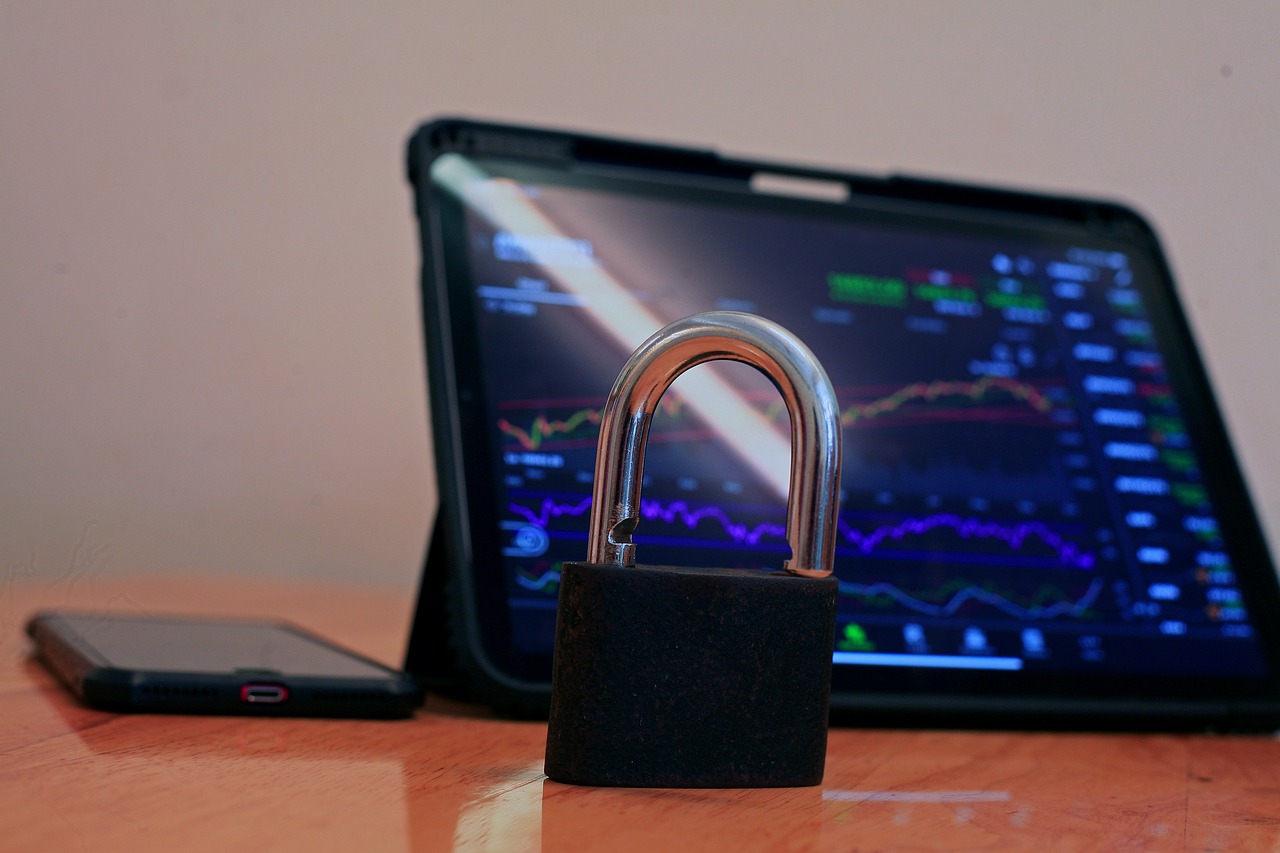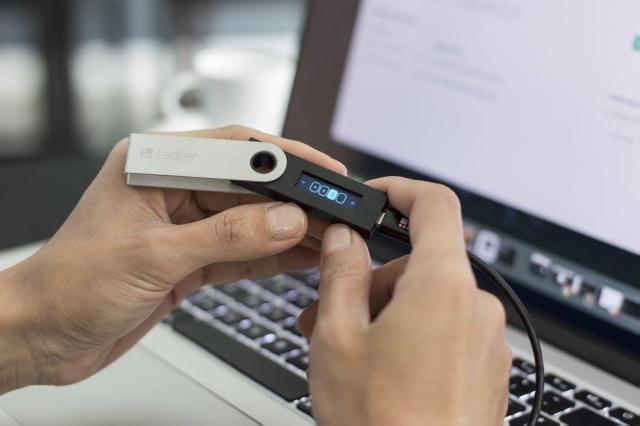

Over the last few years, Bitcoin has actually acquired considerable appeal as an electronic money and shop of worth. Nonetheless, past its function as an electronic possession, Bitcoin is likewise a flexible methods of carrying out purchases. This overview will certainly stroll you via the procedure of making use of Bitcoin for numerous sorts of purchases, whether it’s purchasing products and solutions, moving funds, or investing.
1. Beginning with Bitcoin
Get Bitcoin
Prior to you can make use of Bitcoin for purchases, you require to get some. You can get Bitcoin via:.
Cryptocurrency Exchanges: Join on a reliable exchange like Coinbase, Binance, or Sea serpent to acquire Bitcoin making use of fiat money.
Peer-to-Peer Deals: You can buy Bitcoin straight from people via systems like LocalBitcoins or Paxful.
Bitcoin Atm Machines: Some areas have Bitcoin Atm machines where you can trade money for Bitcoin.
2. Establishing a Purse
Select a Purse
To save your Bitcoin firmly, you’ll require an electronic budget. There are numerous kinds to take into consideration:.
– Software Application Purses: These are applications you set up on your computer system or mobile phone. Instances consist of Coinbase Pocketbook, Exodus, and Count On Pocketbook.
Equipment Purses: These physical tools supply the highest degree of safety and security. Popular choices are Journal Nano S and Trezor.
Paper Purses: For optimal safety and security, you can develop a paper budget which contains your Bitcoin’s exclusive tricks.
Secure Your Pocketbook
Secure your budget with a solid password or PIN. If you make use of an equipment budget, maintain it in a refuge.
3. Making Deals
Sending Out Bitcoin
1. Receiver’s Pocketbook Address: To send out Bitcoin to a person, you’ll require their Bitcoin budget address. It’s a lengthy alphanumeric string.
2. Quantity: Define the quantity of Bitcoin you intend to send out.
3. Deal Cost: Bitcoin purchases frequently need a tiny charge to be refined by miners. You can select a cost degree based upon exactly how quick you desire the deal to be validated.
4. Verification: As soon as you verify the information, the Bitcoin will certainly be sent out. Deals usually take 10-30 mins to verify.
Obtaining Bitcoin
To obtain Bitcoin from a person:.
1. Share Your Address: Give your Bitcoin budget address to the sender.
2. Validate Invoice: After the sender finishes the deal, you’ll see the Bitcoin in your budget once the deal is validated on the blockchain.
4. Making Use Of Bitcoin for Deals
Online and Offline Retailers
Numerous online and physical sellers currently approve Bitcoin as a settlement approach. Search for the “Pay with Bitcoin” choice throughout check out or inquire with regional services that show Bitcoin approval indicators.
Peer-to-Peer Deals
You can make use of Bitcoin to move funds to buddies or household, despite geographical boundaries, without the requirement for standard financial institutions.
Spending
Some individuals hold Bitcoin as a financial investment, wishing its worth will certainly value in time. Recognize the capacity for cost volatility.
5. Protection Factors To Consider
Back-up Your Pocketbook: Constantly have a back-up of your budget’s exclusive tricks or recuperation expression to stay clear of shedding accessibility to your Bitcoin.
Be Careful of Rip-offs: Beware of phishing efforts, deceitful plans, and uses that appear also excellent to be real.
Routine Updates: Maintain your budget software program and tools approximately day to make sure safety and security spots are used.
6. Lawful and Tax Obligation Ramifications
Bitcoin purchases might have lawful and tax obligation effects in your territory. It’s recommended to speak with lawful and tax obligation specialists to recognize your duties and commitments.
To conclude, Bitcoin uses a decentralized and indeterminate method to carry out purchases, whether for acquisitions, transfers, or financial investments. By adhering to these actions and working out care, you can properly make use of Bitcoin as a way of monetary empowerment in the electronic age. Exactly How To Get Bitcoin– A Step-By-Step Overview














